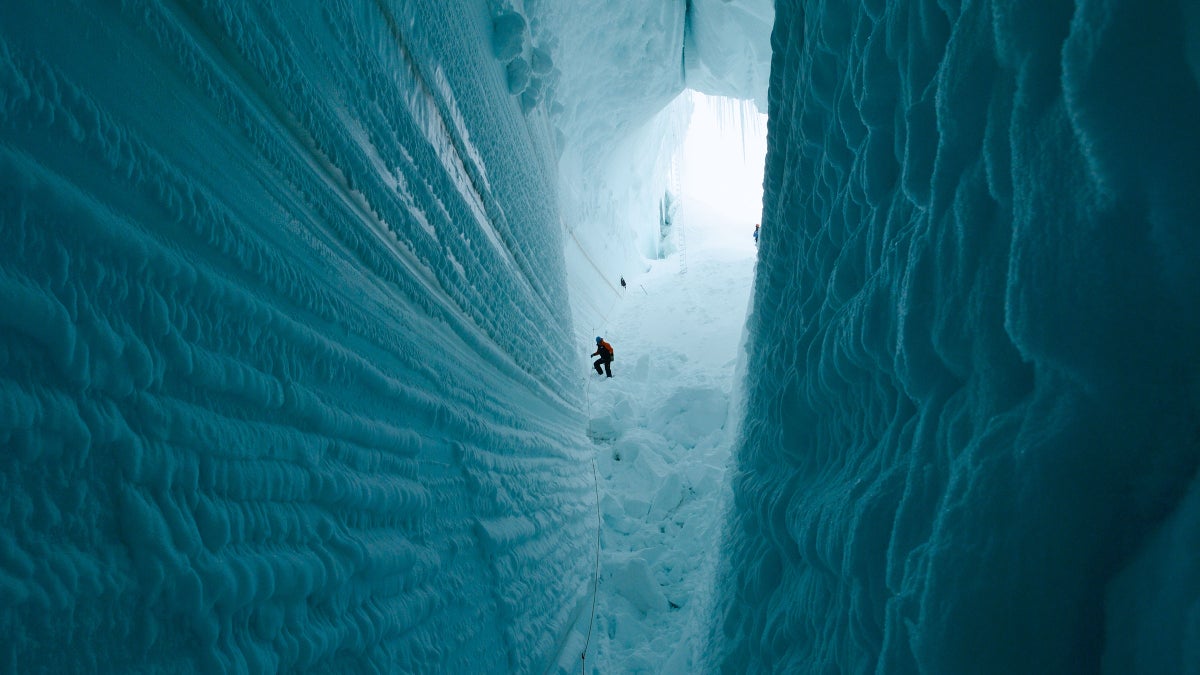Products You May Like
Get full access to Outside Learn, our online education hub featuring in-depth fitness, nutrition, and adventure courses and more than 2,000 instructional videos when you sign up for Outside+
Sign up for Outside+ today.
There’s a lot of unbelievable stuff in the wilderness. Get to know it in our field guide to natural phenomena.
Hike long enough, and you may find yourself taking nature for granted. After all, there are only so many trees, birds, rocks, and even mountains you can see before you start to confuse one with another. But there are some things in the outdoors that are so spectacular—so beautiful, so powerful, and sometimes so dangerous—that you can’t help but stare.
These are the natural phenomena that never get old, no matter how many times we encounter them. They range from the exotic, like glacial fissures and the site of an ancient explosion in New Mexico, to slow but potentially hazardous, like quicksand. We’ve taken a deep dive into the science behind them—how they form, where you’ll find them, and what hikers need to know.
Crevasses
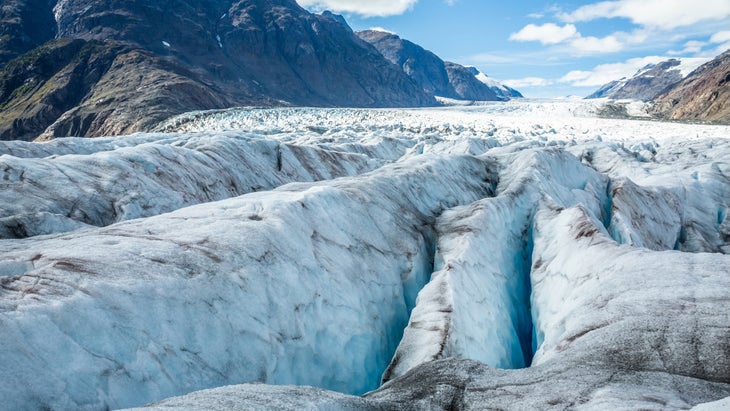
Glacier trekking ranks high on the exhilaration scale–but hiking across one of these dynamic ice masses can be as treacherous as it is thrilling. Glaciers act more like fields of moving lava than static blocks of ice, flowing downhill at the geologically rapid rate of tens to even thousands of feet per year. All that motion over rugged mountain terrain causes the ice to split into yawning cracks, called crevasses, that make glacier travel the wilderness equivalent of walking through a minefield. Here’s how and where crevasses form in glaciers on Lower 48 peaks like Rainier, Hood, Olympus, and Adams. Read On
Microbursts
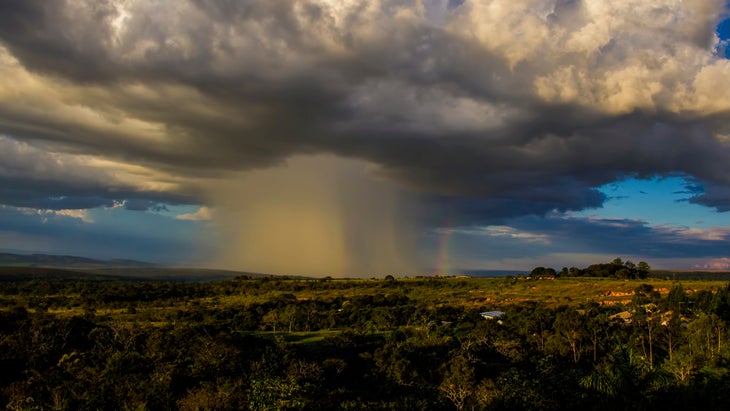
They develop within a few minutes and strike the ground with the force of a runaway freight train. They demolish forests, wreck houses, kill wildlife–and have even been responsible for a half-dozen plane crashes. But for years they were so mysterious that, until 1981, meteorologists didn’t even have a name for them. They are microbursts: turbulent weather conditions that transform a mass of rapidly cooling air into a high-speed downdraft up to 2.5 miles in diameter. Fortunately, most backpackers only observe the aftermath of these violent events. If you ever come across a smashed-up forest with no obvious cause, here’s what might have gone down. Read On
Quicksand
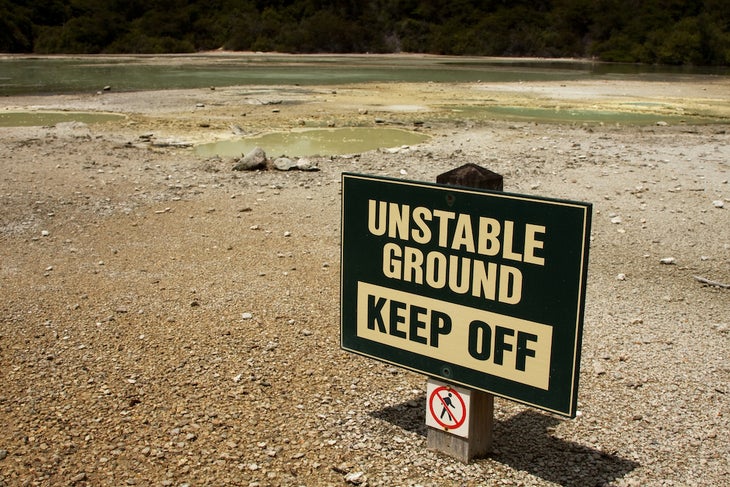
In his stand-up comedy special “New in Town,” comedian John Mulaney joked about the oversaturation of quicksand on childhood TV shows: “I always thought that quicksand was going to be a much bigger problem than it turned out to be. If you watch cartoons, quicksand is like, the third biggest thing you have to worry about in adult life, behind real sticks of dynamite and giant anvils falling on you from the sky.” In real life however, quicksand isn’t the death trap it’s made out to be. Read On
Sky Islands
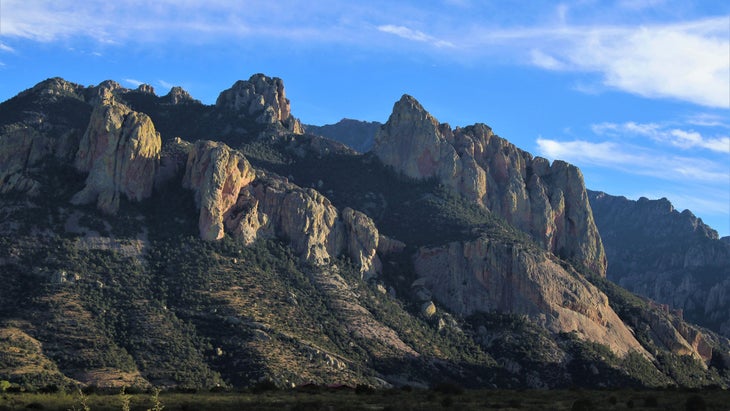
Rising thousands of feet above the southern borderlands of Arizona and New Mexico are the sky islands–a chain of peaks capped by lush, breezy forests. Nowhere else in North America does such biodiversity squeeze into a single, vertical space. Isolated by the surrounding desert, the sky islands are home to rare sub-species of reptiles and mammals, and also more ubiquitous black bears and mule deer. Hike to the top for a great workout and the chance to pass through a half dozen ecosystems in a single push. Read On
Valles Caldera
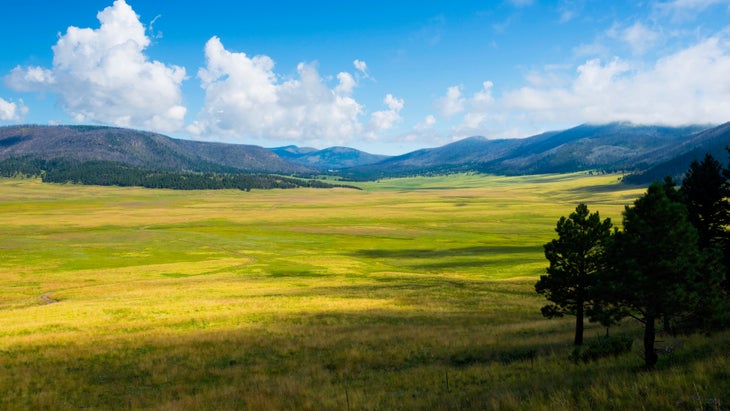
Hike into Valles Caldera today, and you’d never guess that this sunken oval of ponderosa forests and trout streams 40 miles northwest of Santa Fe was the epicenter of a cataclysmic explosion. But 1.25 million years ago, a sudden and massive eruption created not only this 14-mile wide crater, but also the orange-rock landscape of northern New Mexico. Numerous hot springs in the area indicate that Valles Caldera is dormant, not extinct—which is all the more reason to get to know this geothermal gem before she blows again. Read On
Northern Lights
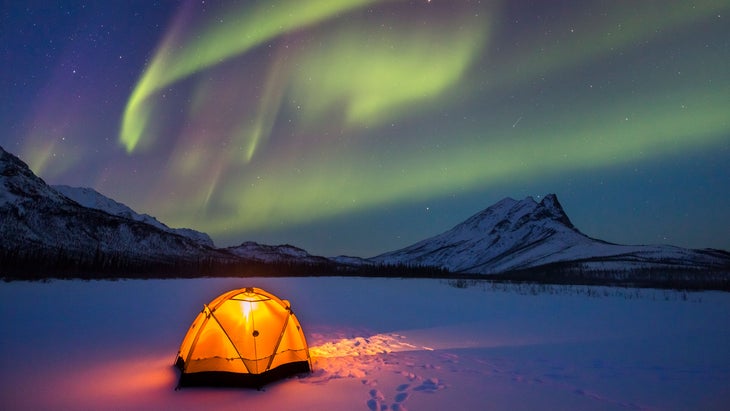
Dream of seeing the aurora borealis (otherwise known as the Northern Lights), but can’t afford a trip to the Arctic Circle? Try Minnesota’s Boundary Waters. The aurora is visible in the Lower 48 several times each year, usually in northern states during the spring. Dark and mild March and April nights are the best for viewing the display; that’s when the Earth’s seasonal tilt aligns the magnetic field to capture more of the solar radiation that creates the glow. Here’s how the sun lights up the night sky, and where you can see it. Read On
